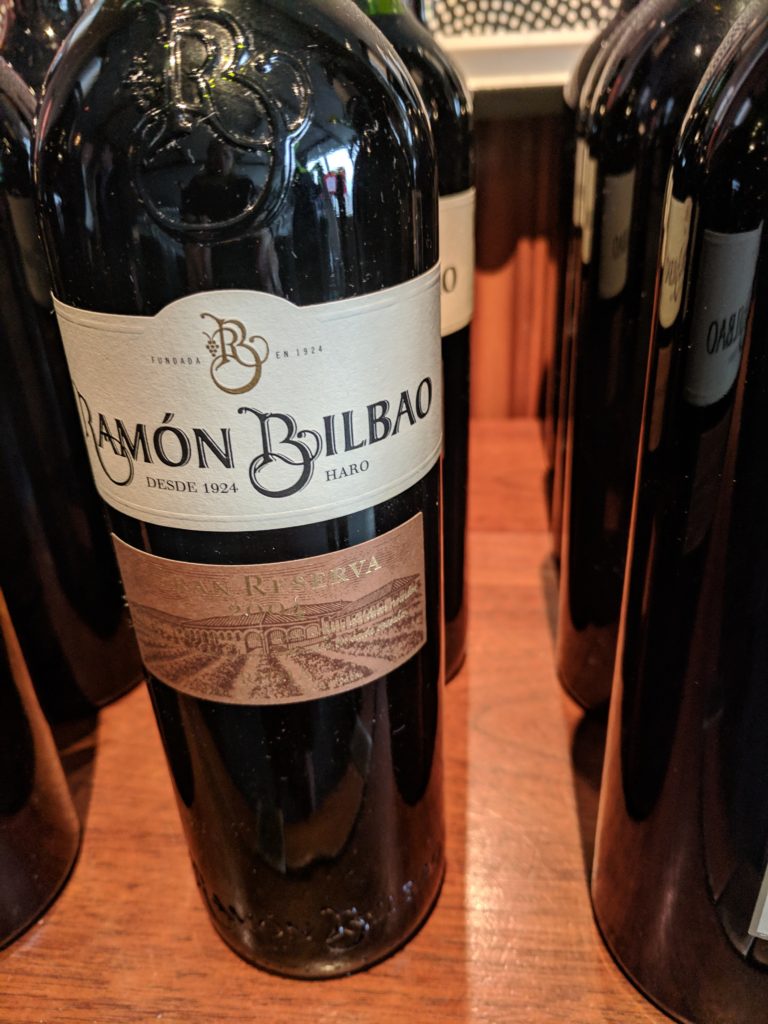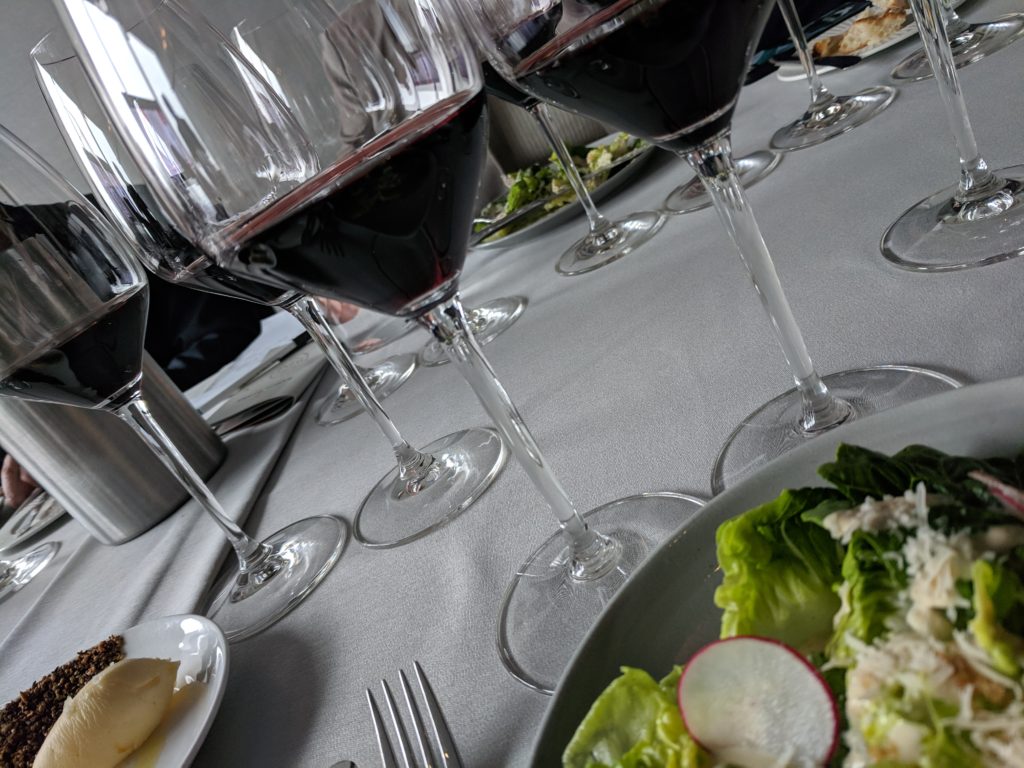
The familiar adage is “If it ain’t broke, don’t fix it,” but when the Zamora family purchased the Ramon Bilbao company in 1999, they had other plans. Admittedly, they didn’t break what was working, but they did choose to expand the way that the company thought about its Riojas.
Originally founded by the Bilbao family, the Ramon Bilbao winery has been making wine in the heart of Rioja, since 1924. Situated in Haro, within the Rioja Alta subzone, the estate’s 180 hectares of vineyards are influenced by both the Cantabrian Mountains and an Atlantic Ocean climate influence, bringing fresh, dry winds and keeping humidity at bay. Here, sandy, yellow-colored soils are favored for their high calcareous content, which is good for retaining acidity in Tempranillo, the key variety in Rioja. And, thanks to careful manual harvesting, vines are able to live a long time, with 50-90-year-old Tempranillo vines being a common occurrence.
Upon making its purchase, Zamora brought in a new winemaker, Rodolfo Bastida, a locally born and bred Spaniard who had been making wine elsewhere before landing at Ramon Bilbao. Among his first tasks in his new role was to make a Rioja that was a radical departure from tradition. Specifically, Bastida crafted a Rioja that was aged, not in traditional American oak, but rather, in French oak.
The thought process was to create a more modern, yet still true to its heritage, wine. Thus, Mirto was born! Named for a local bush that grows wild in the area, when the Mirto bush looks healthy, it indicates that the vintage will be a good one. Not surprisingly, Mirto (the wine) is only made in great vintages (in other words, when its namesake looks especially healthy!). Produced since 1999, the Mirto style has been a more structured wine, which is both fresh and elegant, driven more by fruit than oak influence.
Of course, as noted, there was no reason to completely abandon the tried and true traditional Rioja, so Bastida continues to produce a Gran Reserva Rioja under the Ramon Bilbao brand name, which follows a more traditional production. In this regard, the Ramon Bilbao wine is aged for a longer period of time (36 months) in American oak. Meanwhile, the Mirto generally spends only 24 months in French oak, utilizing a combination of barrels from different coopers. Bastida admits that it is a fun process to create two separate styles of Rioja.
Among the other changes that Zamora has made has been a new-found focus on altitude and one on terroir. Specifically, in 2012 they turned their attention to exploring altitude and new vineyard areas to combat climate change. In this regard, their vineyards are located at 600 to 700 meters above sea level, which might not be excessively high, but compared to other areas in Spain, it is. Then, in 2014, the winery became more terroir driven as they sought out better parcels, which is a departure for a wine that is traditionally a blend of areas.
During a special tasting for press and trade, participants had the opportunity to compare and contrast the traditional Ramon Bilbao Gran Reserva with the more modern Mirto. It was an exciting and illuminating experience to explore these two different styles of wine, both of which reflect the true nature of Rioja wine.
TASTING NOTES
Vina Turzaballa* Gran Reserva 1999
Produced from 100% Tempranillo and aged for 40 months in American oak, this is a typically classic, aged Rioja. It showed some bricking in the glass and some development on the nose, with notes of dried floral and dried fruit. On the palate, it was dry, with high acidity, nice evolution, faded fruit on palate, culminating in long length. It was my favorite wine of the tasting.
*This wine is no longer produced and has been replaced with the Ramon Bilbao Gran Reserva
Mirto 1999
Also made from 100% Tempranillo, but aged for only 24 months in French oak, in comparison, this wine was almost youthful. There was much less evidence of age in both its color and on the nose. Aromas and flavors of strawberry and plum dominated the nicely structured palate, which offered up good acidity and long length.
Ramon Bilbao Gran Reserva 2004
A blend of 90% Tempranillo, 7% Mazuelo and 3% Graciano, this wine was aged for 36 months in American oak. It displayed aromas of strawberry, vanilla, oak, slight floral, which persisted on the dry palate. Medium+ acidity, medium body, flavors of spice and leather, with long length.
Mirto 2004
This 100% Tempranillo wine spent 24 months in French oak. It was brighter with fresher, yet darker (more black than red) fruit, showing some complexity and, in general, a more structured palate. It was my favorite of the Mirtos.
Ramon Bilbao Gran Reserva 2011
Bringing together 90% Tempranillo, 65 Graciano and 4% Mazuelo, this wine spent 26 months in American oak. It had a pronounced nose of strawberry and cherry aromas. The dry palate was dominated by nice spice notes and firm tannins, and long length.
Mirto 2014
Made from 100% Tempranillo and aged for 19 months in French oak, this wine offered up very firm tannins and needs time to age. Dry, with bright acidity, angular, cherry, black cherry, long length.
These latter two wines need time to develop in bottle and soften their tannins.



